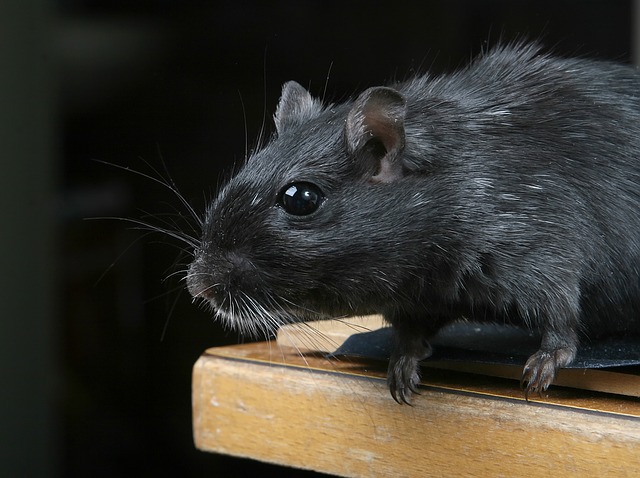The Brihanmumbai Municipal Corporation, the civic body of the capital city of the Indian state of Maharashtra, is reporting a six fold increase in cases of the bacterial disease, leptospirosis, during the first six months of 2016.

Officials report 30 leptospirosis cases through June. This compares to only five cases reported during the same period last year.
“Definitely, the numbers are more this year. However these cases are from scattered areas, so is not very alarming,” said Dr Padmaja Keskar, city’s executive health officer. Officials say they have killed more than 100,000 rats in an attempt to control the disease.
Leptospirosis is caused by a corkscrew-shaped bacterium called Leptospira interrogans, is often referred to as “rat fever” due to the principal role rats play in spreading the disease (scientists refer this type of animal as a reservoir host). Other animals can also be important reservoirs of the disease.
These animals can spread the disease in their urine, contaminating water, soil, or food. People who live in close contact with domestic animals or wildlife are at higher risk for getting the disease.
People become infected by coming into contact with contaminated urine, water, food, or soil through breaks in the skin, eyes, mouth, or nose. Outbreaks of leptospirosis are usually caused by exposure to contaminated water, such as floodwaters. Person to person transmission is rare. Infected individuals initially experience fever, severe headache and muscle aches, abdominal pain, and occasionally a skin rash. Patients in the later stages of disease can suffer from jaundice, kidney failure, bleeding from the mouth or nose, bloody urine and can be fatal, especially without proper treatment.
Related:
- Sri Lanka dengue tally tops 20,000 for 2016
- Pakistan reports 1st Naegleria fowleri death in Karachi
- Cholera outbreak downs more than 120 in Karnataka


Leptospirosis seems to be under reported from Mumbai. Recently, during an interaction with doctors from Mumbai, I got the impression that it is quite common in Hospitals having Medicine and Pediatrics departments. But the Media get worried only during the monsoon season.
Extremely few publications come from the Medical and Veterinary community. The role of dogs (in addition to rodents) has been emphasized in one publication from Mumbai. Research on leptospirosis has to be home grown. From transmission dynamics to case management there are large number of unknowns.
A number of other look – alike illnesses, most of them serious, are the differential diagnosis.
On the western coast of India , Kerala too shares a similar situation. Here, up till 12.7.2016, 1348 suspected Leptospirosis cases, 35 suspected deaths, 800 confirmed cases and 13 confirmed deaths have been reported to the government sources. Due to this reporting process, more clinicians are aware of the illness.